What are the Types of Workover Operations in Oil and Gas
Workover operations are needed to sustain and enhance oil and gas well productivity. Wells over time may experience reducing production, mechanical failure, or reservoir issues that require repairing. Well workover operations restore or improve well performance to produce hydrocarbons economically.
We are going to explain in this article why oil and gas workover is inevitable, types of workover operations, and best practices to ensure success.
What Are Workover Operations?
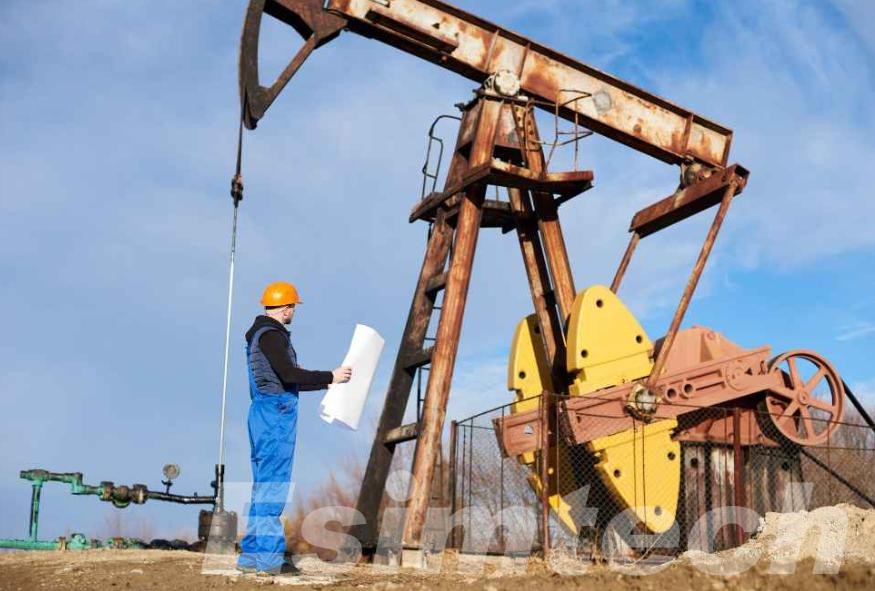
Workover operations are critical maintenance or intervention procedures carried out on oil and gas wells after they have been drilled and completed. These operations are designed to restore, sustain, or enhance the productivity of a well without the need to drill a new one. Over time, wells can experience mechanical failures, reduced reservoir pressure, scaling, sand production, or other issues that hinder performance. Well workovers address these problems through targeted interventions.
A well workover can range from routine maintenance—such as replacing worn-out tubing or seals—to more complex procedures like deep well cleaning, stimulation, or recompletion. In many cases, these operations require the use of a workover rig or specialized equipment like coiled tubing or snubbing units, especially when dealing with high-pressure wells.
One of the key benefits of oil and gas workover operations is their cost-effectiveness. Instead of investing in a new drilling campaign, operators can extend the productive life of existing wells, maximizing return on investment. Additionally, workovers play a vital role in maintaining well integrity and ensuring safety compliance. In short, oil well workover activities are an essential part of modern field operations, keeping wells productive and safe throughout their lifecycle.
Why Are Workover Operations Important?
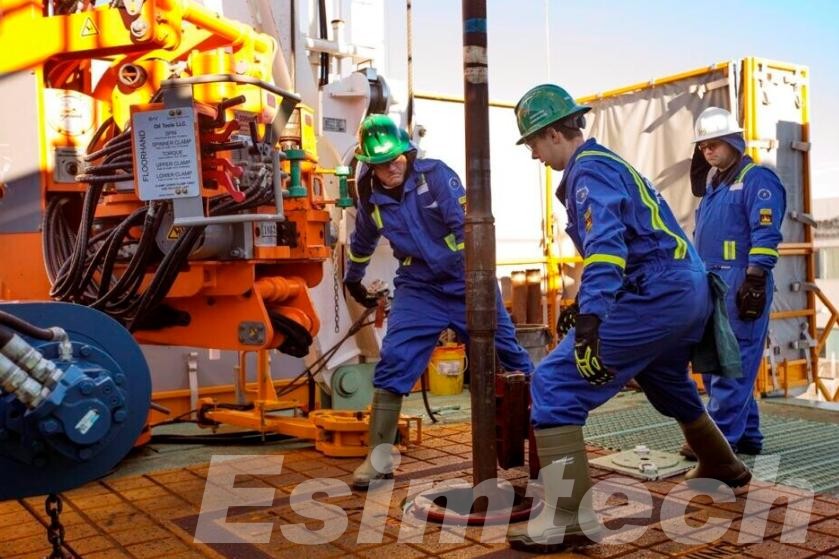
Workover operations form a critical component of oil and gas field management strategy since this ensures wells are safe, productive, and cost-effective. Wells must address issues such as reduced pressure, mechanical inefficiency, sand production, or water intrusion, each of which is adverse to performance in the long run. Oil and gas workover treatments remedy such issues and bring about several advantages as stated below:
1. Restoring and Increasing Production: As a well ages, natural pressure and reservoir connectivity decrease lower production. Workovers can remove plugging (e.g., scale or sand), repair broken equipment, or stimulate the formation—boosting production without drilling new wells.
2. Maximizing Recovery & Well Life Extension: Instead of plugging underperforming wells, workovers allow operators to recomplete intervals, install artificial lift systems, or use advanced recovery techniques. This maximizes hydrocarbon recovery and extends the productive life of the well.
3. Economical Reservoir Management: Drilling new wells is time-consuming and expensive. Workovers are a cheaper alternative by refurbishing current equipment, minimizing capital expenditure while maintaining production levels.
4. Safety & Environmental Protection: Blown casing, leakage, or deteriorating wellheads are all serious dangers. Workovers correct structural integrity issues, preventing blowouts, spills, and other possible hazards that harm people or the environment.
By maintaining well efficiency and safety, well workover operations are vital to the sustainable production of energy, and they allow operators to meet demand while minimizing operational risks.
Main Types of Workover Operations in Oil and Gas
Workover operations vary with the condition of the well and the production desired. The most common and successful types of oil and gas workover operations are mechanical repair, stimulation, and recompletion. All three play a specific role in reviving or enhancing well performance. Below are the main types of oil well workover operations:
1. Mechanical Workover
The most standard and usual kind of intervention is mechanical workovers. These involve pulling and replacing downhole equipment such as tubing, rods, packers, or pumps that have failed due to corrosion, erosion, or mechanical deterioration. These operations typically involve a workover rig and are essential in maintaining well integrity and restoring flow.
2. Well Stimulation
Stimulation workovers are applied to improve reservoir productivity through increased fluid flow to the wellbore. The techniques most widely applied are acidizing (acid injection to break down formation damage) and hydraulic fracturing (fracture of the rock to make it more permeable). These operations are most effective in tight formations or damaged scale and formation wells.
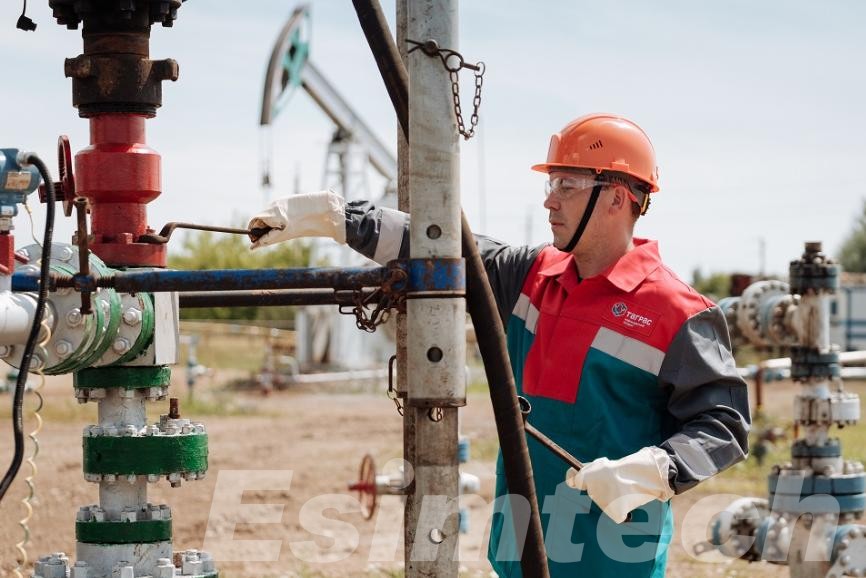
3. Well Cleanout
Slowly, over time, debris like sand, scale, wax, or other obstructions can be lodged in the wellbore, impeding production. Well cleanout operations mean that these obstructions are removed using techniques such as coiled tubing, nitrogen lifting, or chemical or brine circulation. Frequent cleanouts can greatly increase well efficiency and avoid equipment damage.
4. Completion Operations
Recompletion refers to the operation of modifying the well to expose a new or by-passed production area. Perforating a fresh interval, installing additional completion gear, or shutting-in depleted areas are examples of what this may entail. Recompletion is often a cost-effective way of achieving additional reserves without drilling a new well.
5. Zonal Isolation
Whereas, in cases where a specific reservoir interval is yielding water or unplanned fluids, zonal isolation techniques are employed in an effort to plug off the said section. It can be done through mechanical packers or cement squeezes. Zonal isolation helps in focusing production on more productive intervals and reducing the cost of water handling.
These first workover operation categories play a significant role in sustaining the productive life of wells, increasing recovery, and reducing downtime. The approach used is dictated by the specific challenges and objectives of the well being worked upon.
Factors Influencing the Choice of Workover Operation
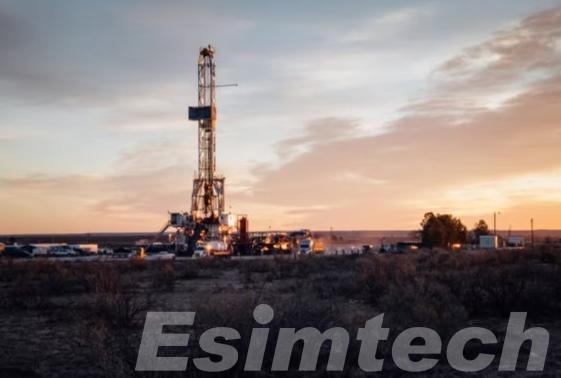
Choosing the right workover operation depends on a combination of technical, economic, and operational factors. Each well presents unique challenges, so a customized approach is essential to ensure both efficiency and cost-effectiveness.
- One of the primary considerations is the well’s history and condition. Older wells with declining production or equipment failures may require mechanical repairs or full recompletion. Conversely, newer wells with reservoir blockages might benefit more from stimulation or cleanout operations.
- Reservoir characteristics—such as pressure, temperature, fluid composition, and permeability—also play a critical role. For example, high-pressure wells may require snubbing units for safe intervention, while low-permeability formations may call for acidizing or fracturing.
- Economic feasibility is another key factor. Operators must weigh the cost of the workover against the expected increase in production. In some cases, the expense of a complex intervention may not justify the return, especially for marginal wells.
- Additionally, surface and downhole equipment conditions, environmental regulations, and safety risks must be evaluated during planning. Proper diagnostics, such as pressure tests, production logs, and well integrity checks, help guide the decision-making process.
Ultimately, the success of any oil and gas workover depends on selecting the right method tailored to the well’s specific needs and production goals.
Best Practices for Successful Workover Operations
There is a successful oil and gas workover that requires careful planning, proper technology, and disciplined execution. With best practices adopted by operators, the performance of a well can be maximized at the lowest risk and cost.
1. Detailed Pre-Workover Planning: There is a need for meticulous planning for any successful workover. This involves studying well history, production data, equipment records, and the main reason for performance decline. A good workover plan defines objectives, timelines, safety procedures, and contingency plans.
2. Use Workover Simulator: The latest workover simulation tools allow engineers to model different scenarios before carrying out operations. These models can predict downhole performance, pressure fluctuation, and fluid interaction. Because of the prior knowledge of such possible issues, operators are in a position to reduce uncertainty and maximize intervention methods.
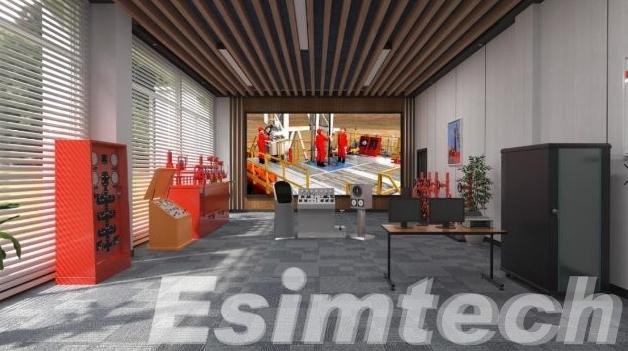
3. Use of Advanced Technology: Utilization of equipment such as coiled tubing, digital monitoring equipment, and real-time data acquisition improves decision-making and efficiency in workover operations. Technology increases productivity and safety.
4. Post-Workover Evaluation: After the operation, well performance must be monitored and the actual result compared to the prediction. Such evaluation provides insight into future workover operation categories and aids in improving best practice long term.
Through combining technology, know-how, and planning based on data, operators can offer consistent and cost-effective oil well workover results.
Top Conclude
Workover operations are essential to sustaining and maximizing oil and gas well production. Information regarding the nature of workover operations—from mechanical maintenance to recompletions and stimulation—helps operators make the correct decisions that translate into profitability and safety. With proper planning and execution, oil and gas workover operations can significantly extend well life and improve asset performance.
